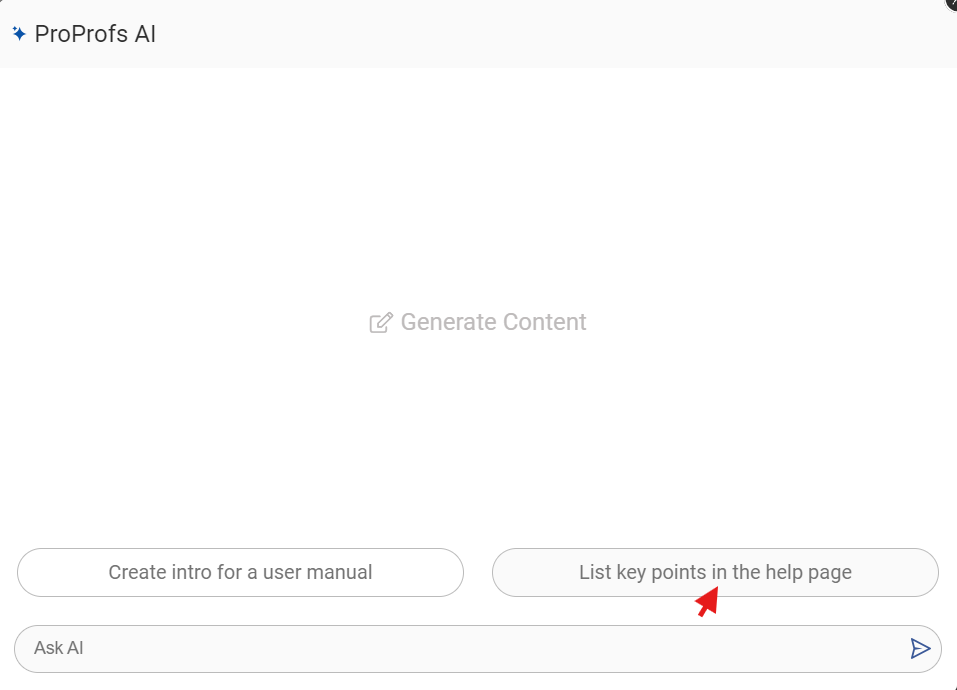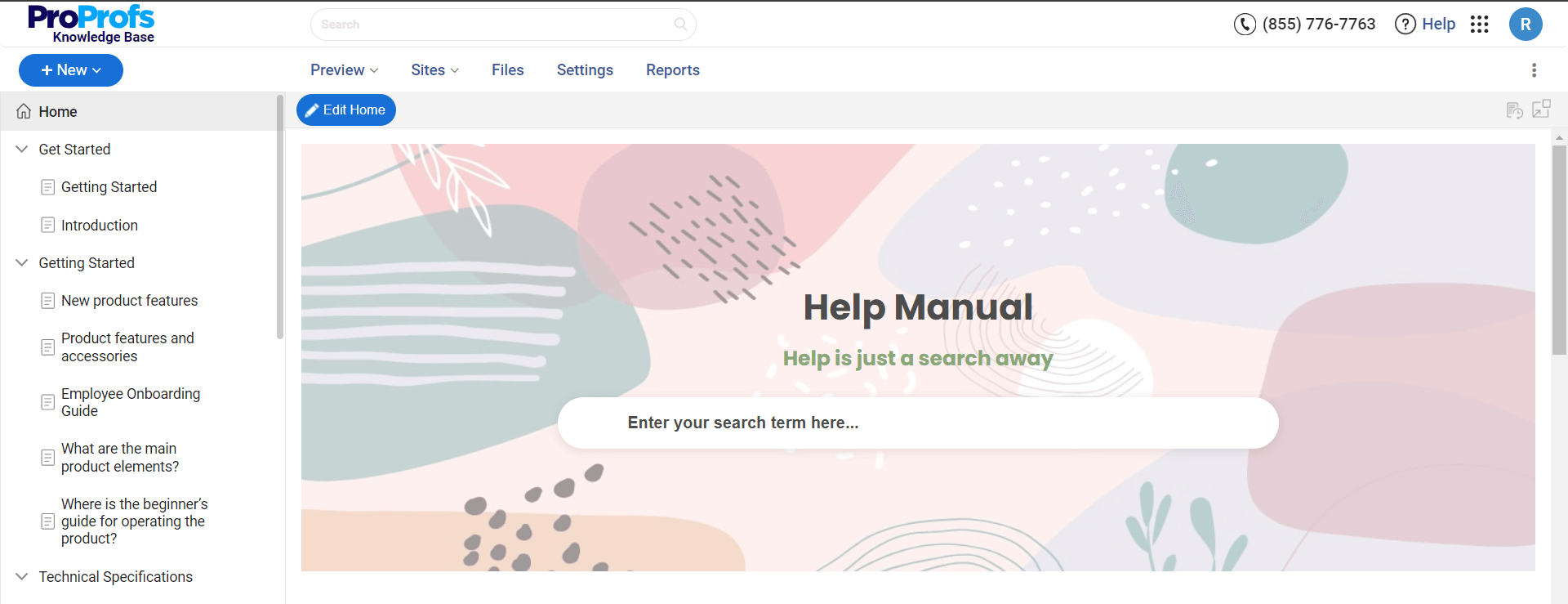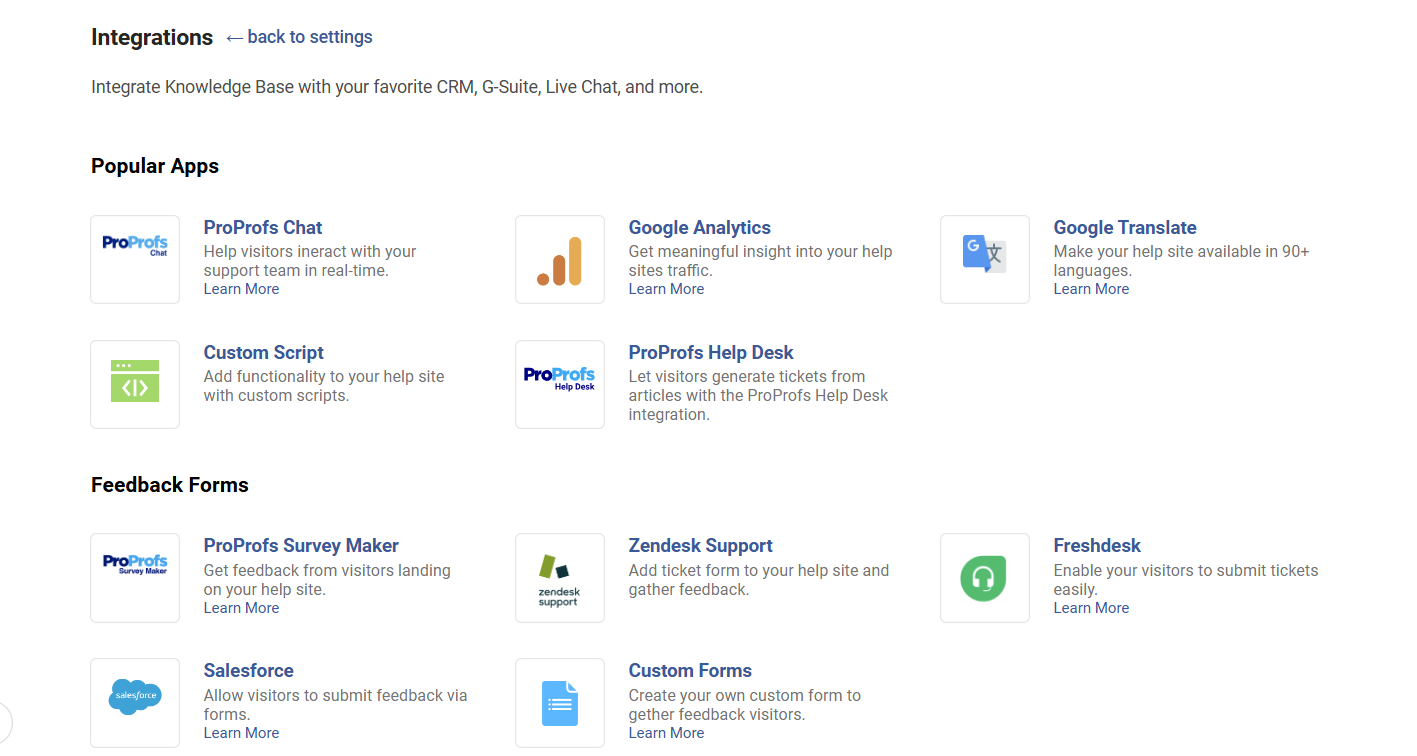Knowledge base software is a powerful tool for creating self-help content, empowering customers, streamlining support, and driving business growth.
But with so many platforms out there, which knowledge base software features should you consider for maximum efficiency?
From intuitive search functions and content categorization to customization and analytics, the best knowledge base features are designed to make information accessible and support seamless interactions.
In this blog, we will explore the top 10 knowledge base features that can help you transform how you deliver customer support.
What Is Knowledge Base Software?
For those new to the concept, knowledge base software is a digital tool designed to create, organize, and manage a centralized repository of information that helps customers find answers to questions and resolve issues independently.
It allows users to compile, structure, and share various types of content—such as FAQs, guides, troubleshooting steps, and documentation—within a searchable, user-friendly format. Knowledge base software is used for internal and customer-facing purposes, helping employees access resources quickly and allowing customers to self-serve.
For example, a common type of knowledge base is the customer self-service portal, which allows customers to access information independently, often via a company’s website. This knowledge base typically includes FAQs, product manuals, and troubleshooting guides to help users resolve issues independently.
What Are the Self-Service Capabilities of Knowledge Base Software?
Knowledge base software offers a range of self-service capabilities that empower users to access information independently. Here are some of its self-service features:
Advanced Search
Knowledge base search engine allows users to quickly find specific information using keyword-based or natural language search, reducing the time spent browsing multiple articles.
Categorized Content & Navigation
Organized sections and categories allow users to easily browse relevant information, from product guides to troubleshooting tips, improving overall usability.
Automated Suggestions & Recommendations
When users type in queries, the knowledge base often provides automated suggestions for articles, guiding users to helpful resources more efficiently.
Interactive FAQs & Troubleshooting Guides
Step-by-step guides and FAQs address common user issues directly, enabling users to troubleshoot without contacting customer support.
Multi-Device Accessibility
Knowledge bases are often optimized for various devices, allowing users to access information on desktops, tablets, or mobile devices, ensuring help is available anywhere.
What Are the 10 Must-Have Knowledge Base Software Features?
A robust knowledge base platform helps empower customers, streamlining support, and driving business growth. Here are 10 must-have features to look for:
1. AI-Powered WYSIWYG/Text Editor

Trust me, AI knowledge base features can transform a knowledge base into an intelligent resource with machine learning-based recommendations, predictive search suggestions, and natural language processing (NLP) capabilities.
AI-powered knowledge base can also help create error-free content fast with built-in prompts and suggestions. It can help summarize articles with just a click. It can also suggest articles based on user behavior, improve search relevance, and help predict answers to user queries.
2. Content Authoring & Editing
Content authoring and editing allow for creating, formatting, and updating informational articles with a Word-like WYSIWYG editor. They support multimedia (like videos, images, and infographics), enabling teams to create content that is both informative and engaging.
It also allows authors to build articles in logical sections, making information easier for users to navigate. They often include templates, version history, and auto-save features, which help streamline content creation, making it efficient and reducing the risk of data loss.
3. Team Collaboration
Team collaboration features help maintain the accuracy and consistency of content, especially where multiple contributors work on the knowledge base. It includes real-time editing, role-based permissions, and internal comments that allow authors and reviewers to share feedback within the platform.
On the other hand, workflow features like task assignments and approval processes ensure content passes through the right channels before publishing. These capabilities enhance productivity and enable content creation teams to collaborate seamlessly, even if dispersed across locations.
4. Document Version Control & Tracking
Document version control helps track changes over time, especially in environments where knowledge base content is updated frequently. It records every change made to an article, allowing authors to revert to previous versions if needed.
Version tracking enables transparency, showing who made edits and when, which helps maintain accountability and avoid duplication of work. It also allows teams to experiment with different content iterations or styles without permanently losing the original content.
5. User Management
User management features enable administrators to set roles and permissions, controlling who can create, edit, or view content. This functionality is handy for knowledge bases that serve multiple audiences, such as employees and customers.
For example, all users can access public articles, while restricted content might be available only to authorized employees. Custom roles and permissions allow the organization to protect sensitive information, ensuring users only have access to the resources they need.
6. Customization

Knowledge base customization lets companies adapt the knowledge base’s appearance to match their brand identity, using elements like custom logos, colors, fonts, and layouts. A well-customized knowledge base looks professional and provides a familiar user experience.
Knowledge base platforms usually allow deep customization of the interface and user journey, enabling companies to set up personalized views for different user groups or tailor the structure to meet the needs of specific user demographics.
7. Multi-Branding
Multi-branding site capabilities enable organizations that manage multiple brands, products, or services to create distinct knowledge bases under a single platform. It is ideal for companies with diverse customer segments, allowing each brand or product to maintain a separate knowledge base with its unique look, content, and layout.
Multi-branding ensures customers find the most relevant information quickly without navigating across unrelated resources, enhancing user experience and streamlining the management process.
8. Analytics
Analytics tools provide insights into how users interact with the knowledge base, tracking metrics like search terms, popular articles, and user engagement. It also reveals gaps in content by showing where users struggle to find answers, allowing the organization to address these gaps proactively.
Also, it can help measure content effectiveness, showing which articles have high engagement and which need improvement. With these insights, teams can optimize their content strategy, ensuring users find the answers they need and ultimately enhancing user satisfaction.
9. Integrations

Integrations with in-house customer support tools and other software, like customer relationship management (CRM) systems, help desks, and collaboration tools, extend the functionality of the knowledge base. For example, a CRM integration allows customer support teams to access knowledge base articles directly within their workflow, enabling faster response times.
Integration with analytics platforms can provide advanced reporting, while connections with project management tools streamline the workflow between content creation and publishing.
10. Security
Security features protect the data within the knowledge base, ensuring that sensitive information remains confidential. Features like data encryption, secure login protocols, and compliance with regulatory standards (e.g., GDPR, HIPAA) are essential for maintaining user trust and safeguarding against unauthorized access.
Also, security measures may include single sign-on (SSO) capabilities and multi-factor authentication (MFA), ensuring that only authenticated users can access restricted knowledge base areas.
Enable Self-Service & Improve Product Usabiity with a Knowledge Base
A feature-rich knowledge base helps organizations provide quick, accessible information to customers and team members. With the right features—content authoring, team collaboration, AI-powered search, and robust analytics—a knowledge base becomes a powerful self-service tool that enhances user experience and reduces the load on support teams.
When selecting knowledge base software, choosing a solution that aligns with your organization’s unique needs and scales with growth is essential. ProProfs Knowledge Base has these must-have features, providing an intuitive, fully customizable platform that supports team collaboration, powerful search capabilities, and comprehensive security options. You can request a demo or explore the tool more below.
FREE. All Features. FOREVER!
Try our Forever FREE account with all premium features!







